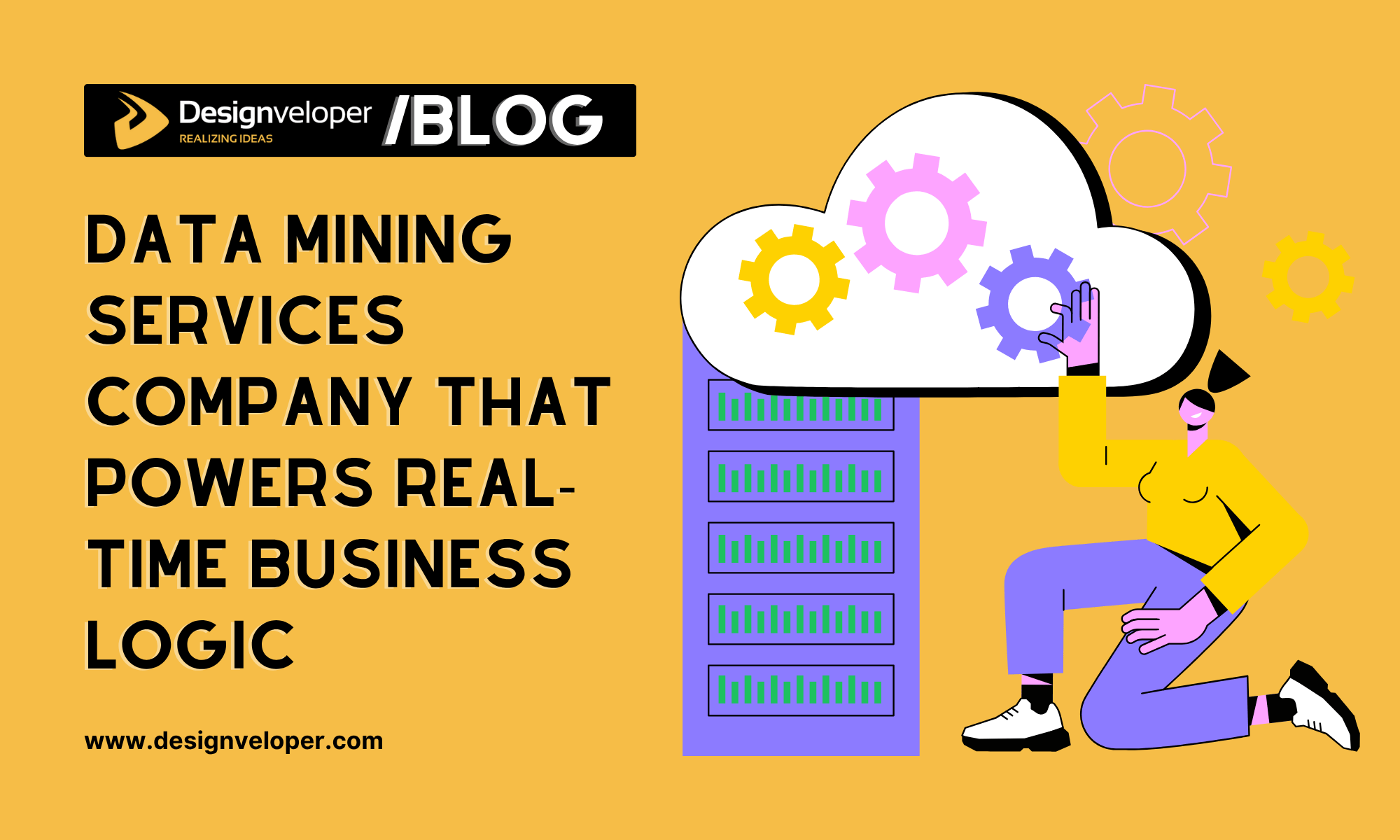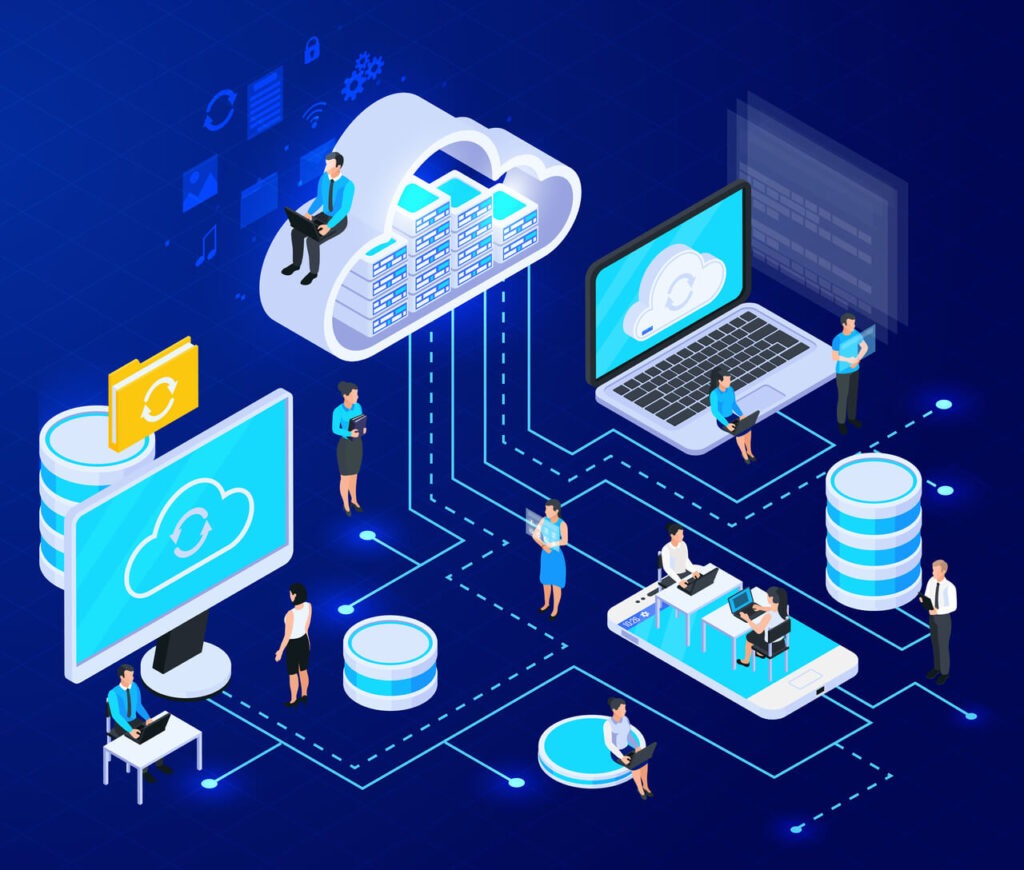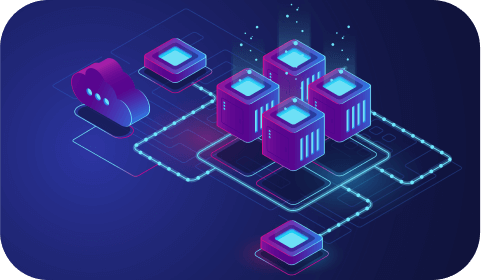Data Mining Services Company That Powers Real-Time Business Logic

In high-velocity markets, insight isn’t enough. This is how leading teams embed real-time mining logic into daily operations — securely, explainably, and at scale.
Data Mining: Executive Summary

The global data mining tools market, valued at $1.13 billion in 2024, is expected to reach $3.37 billion by 2033, while broader data mining and modeling will grow to $234.6 billion by 2032.
GroupBWT’s data mining services empower modern organizations to move from raw collection to real-time decisions — using classifiers, forecasts, and anomaly detection models tuned to your workflows.
These aren’t off-the-shelf tools. Every solution is fully custom-built, tested, and transferred to the client’s infrastructure, with documentation, integration support, and internal ownership by design.
“It’s not about how much data you have. It’s about how you structure it to deliver actual decisions.”
— Eugene Yushchenko, CEO, GroupBWT
They do not offer a subscription-based hosting model. The custom logic is designed to be owned, deployed, and maintained by the client, with support during handoff and integration only.
Embed Decision Logic in Operational Workflows
When decisions depend on weekly reports or delayed alerts, teams miss key moments. Data mining enables businesses to act inside workflows, not outside of them. Whether it’s routing high-risk transactions, repricing during demand shifts, or adjusting campaign bids in real time, these logic systems integrate directly with your operational tools — such as CRM workflows, ERPs, and ticketing systems — without requiring separate platforms or external triggers.

For many companies, choosing to outsource data mining services means skipping long hiring cycles and integrating action-ready logic — like automated decision flows for fraud scoring, price adjustments, or ticket routing — from day one. They receive custom-built decision logic, tailored to use cases like fraud scoring, ticket classification, or dynamic pricing, based on their data and workflows.
Unify Fragmented Systems Around Actionable Signals
Different teams often rely on fragmented systems — CRMs, ERPs, marketing platforms, or data lakes — each operating with partial information. This leads to blind spots, delays, or duplicated efforts.
If historical pattern mining reveals early churn signals in a user segment, retention rules can automatically trigger in the CRM, turning mined insight into live action.
If anomaly detection surfaces delivery lags in a region, ERP inventory buffers can auto-adjust based on predictive thresholds mined from historical behavior.
These are model-driven workflows, embedded in operational systems with versioned logic, audit traceability, and feedback loops that improve over time.
Engineer Decision Logic Into Everyday Tools
Dashboards aren’t the final destination. In most companies, insights are visualized — but not executed. Data sits in slides while operations continue without it.
A data mining services company creates flows that embed directly into frontline tools. Risk scores influence approval engines. Forecasts reset purchase schedules. Classifiers tag support tickets for faster routing. The goal isn’t more visibility. It’s action — built from data, triggered by rules, aligned with workflows.
When model outputs directly influence operations, teams can see immediate results, which builds trust and accelerates iterative improvements.
Start Faster Without Building Infrastructure
Building in-house mining logic means hiring specialists, maintaining pipelines, handling security layers, and running QA at scale. Most organizations don’t need to reinvent this. They need results tied to real operations.

That’s why many choose to outsource data mining services. It avoids the risk of investing in models that don’t deploy or infrastructure that never scales. Instead, external teams design, validate, and transfer proven data mining components, fully documented and integrated into your internal workflows.
This shortens time-to-deployment and sidesteps the usual blockers that delay AI initiatives.
Align Results to Metrics That Matter
A model without application is shelfware. A logic system is only as valuable as the metric it influences — conversion, risk reduction, resolution time, cost-per-opportunity.
Custom mining logic must be structured around actual business metrics — not model performance, but measurable impact like faster approvals, reduced costs, or shorter resolution times.
The goal isn’t a predictive model — it’s a forecast that adjusts purchase orders, a classifier that reduces handling time, or a score that gates approvals with audit traceability.
This approach works best when logic flows are embedded into the decision points, not visualized in a separate platform. Model outputs trigger processes, and feedback from those processes improves the models. It becomes a system — not a static tool.
Design Logic with Compliance Built-In
Privacy, legal approval, and internal compliance slow down many automation projects — not because the ideas are wrong, but because they weren’t built with regulation in mind.
A data mining company that works in regulated environments will structure logic so data is stored and processed in line with each region’s legal rules — for example, meeting GDPR or HIPAA requirements — with geo-fencing and access controls that keep information within approved locations. That means workflows can pass review faster, integrate with security teams earlier, and scale across regions with fewer retrofits.
This is especially critical in sectors like finance, healthcare, or telecom — where approvals depend on explainability, not just performance.
Data Mining in Critical Workflows
Forecasting logic in manufacturing doesn’t live in a slide — it recalculates thresholds inside ERP tools. Patient stratification models don’t output PDFs — they influence how follow-ups are scheduled in care systems. Fraud detection doesn’t work post-transaction — it acts during the payment flow.
Across industries, these systems are already in place. What changes from company to company is how the logic is structured, where it’s embedded, and how fast it adapts to change.
In companies that lead their categories, data mining isn’t a project — it’s infrastructure.
FAQ
1. How is data mining used in real-time business operations?
Today, data mining works as a control system. Companies use it to reroute shipments, stop fraud before approval, or change pricing mid-campaign. These actions run automatically inside workflows, not in monthly reports.
2. What’s the difference between machine learning and traditional data mining?
Traditional data mining finds insights in past data. Machine learning updates itself with new inputs and reacts to changes. A strong data mining company blends both—using clear rules where needed and adaptive models where conditions change.
3. What makes data mining successful beyond the algorithm?
Success depends on structure. Clean data, clear business rules, and feedback loops often matter more than the model. The best systems stay explainable, versioned, and built for measurable results.
4. How can a generalist team start using data mining without replacing everything?
Start small—one team, one task. For example, sort support tickets by topic or forecast stock shortages. A trusted data mining company can connect these steps to your existing tools without major changes.
5. What shows it’s time to make data mining part of daily work?
If analysts see patterns, systems should act on them. If the same questions repeat each quarter, build answers into the process. Delays, recurring mistakes, and unclear results mean your system is reactive, not predictive.

















































